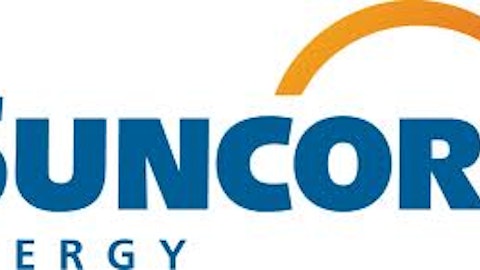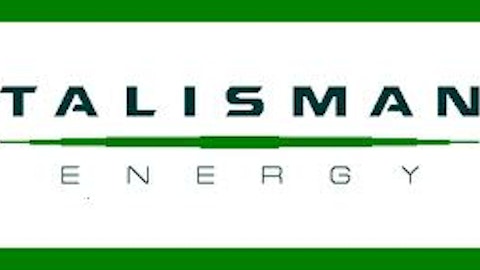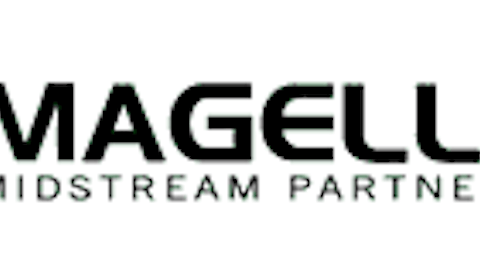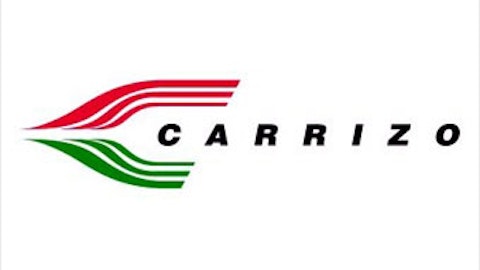Macro-economic factors support growth
An increasing global demand for energy is also an important revenue driver for the company. As the long-term growth trend for Asia remains positive, energy demand will be significant with low per capita crude consumption currently in China and India as compared to the developed countries. As the per capita consumption increases for nearly 2.5 billion people in these two countries, the demand for energy will be significant.
Further, according to International Energy Agency, global energy demand will grow by more than one- third from 2010 to 2035. In U.S, as per the government estimates, 59% of the energy demand will be met by Oil and Gas. These facts give a large scope for the industry as well as companies to expand. With high reserves, Marathon is well positioned to take advantage to the increase in global energy demand.
Attractive valuations compared
A close look at the valuation shows that Marathon Oil Corporation (NYSE:MRO) is trading at a PE, which is lower than its peers – Cenovus Energy Inc (USA) (NYSE:CVE), EOG Resources Inc (NYSE:EOG) and Noble Energy, Inc. (NYSE:NBL). A relatively lower PB value also indicates that the company is trading at a discount when compared to its peers.
In terms of growth in the future, Marathon Oil is expected to grow at a CAGR of 12.7% over the next five years. Considering the current PE of 15.9, the company’s PEG valuation comes to 1.3. On the other hand, Noble Energy, Inc. (NYSE:NBL) is trading at a PEG of 4 considering the current PE of 22.8 and a relatively lower growth rate of 5.7%.
Similarly, EOG Resources Inc (NYSE:EOG) is trading at a high PE of 48.3 and even considering a relatively high growth potential of 29.8% over the next five years, the company’s PEG ratio stands at 1.6. Therefore, besides the current cheap valuation, Marathon Oil is also trading at attractive valuations when compared to its future growth potential and when compared to its peers.
| Company | P/E | P/B |
|---|---|---|
| Marathon Oil Corporation | 15.9 | 1.3 |
| Cenvus Energy | 22.8 | 2.3 |
| Noble Energy | 22.8 | 2.5 |
| EOG Resource | 48.3 | 2.6 |
| Source: Morningstar |
Cenovus Energy Inc (USA) (NYSE:CVE) is currently trading at a five-year expected PEG of 1.2. This might suggest relative undervaluation when compared to Marathon Oil. However, the company has sold its Shaunavon tight oil asset in Saskatchewan and is in plans to sell its Bakken assets. These assets produce 3600 barrels of oil per day and have 2P reserves of 10.6 MMboe. These are quality assets and with the sale of these assets, the inefficiency of Cenovus Energy Inc (USA) (NYSE:CVE) to scale them might be reflected. Therefore, Marathon Oil scores over Cenovus Energy on a positive operation progress.
Key risk factors
The energy industry is cyclical by nature and is highly dependent on the economic factors. A prolonged economic downturn or sluggish growth will impact crude oil prices negatively. This will, in turn, impact growth and profitability of the company. However, with incremental demand expected from emerging markets, it is unlikely that oil prices will trend lower in the long-term.
Conclusion
Marathon Oil Corporation (NYSE:MRO), with high proven and potential reserves and geographical diversification, is well positioned to cater to an increase in demand for energy globally over the next few years. With high capital expenditure in production, development and exploration, revenue growth will be robust going forward. Further, current valuations are also attractive and provide a good entry point for long-term investors.
The article Marathon Oil: A Long-Term Value Creator originally appeared on Fool.com and is written by Anjum Khan.
Anjum Khan has no position in any stocks mentioned. The Motley Fool has no position in any of the stocks mentioned. Anjum is a member of The Motley Fool Blog Network — entries represent the personal opinion of the blogger and are not formally edited.
Copyright © 1995 – 2013 The Motley Fool, LLC. All rights reserved. The Motley Fool has a disclosure policy.





